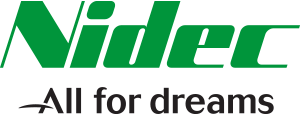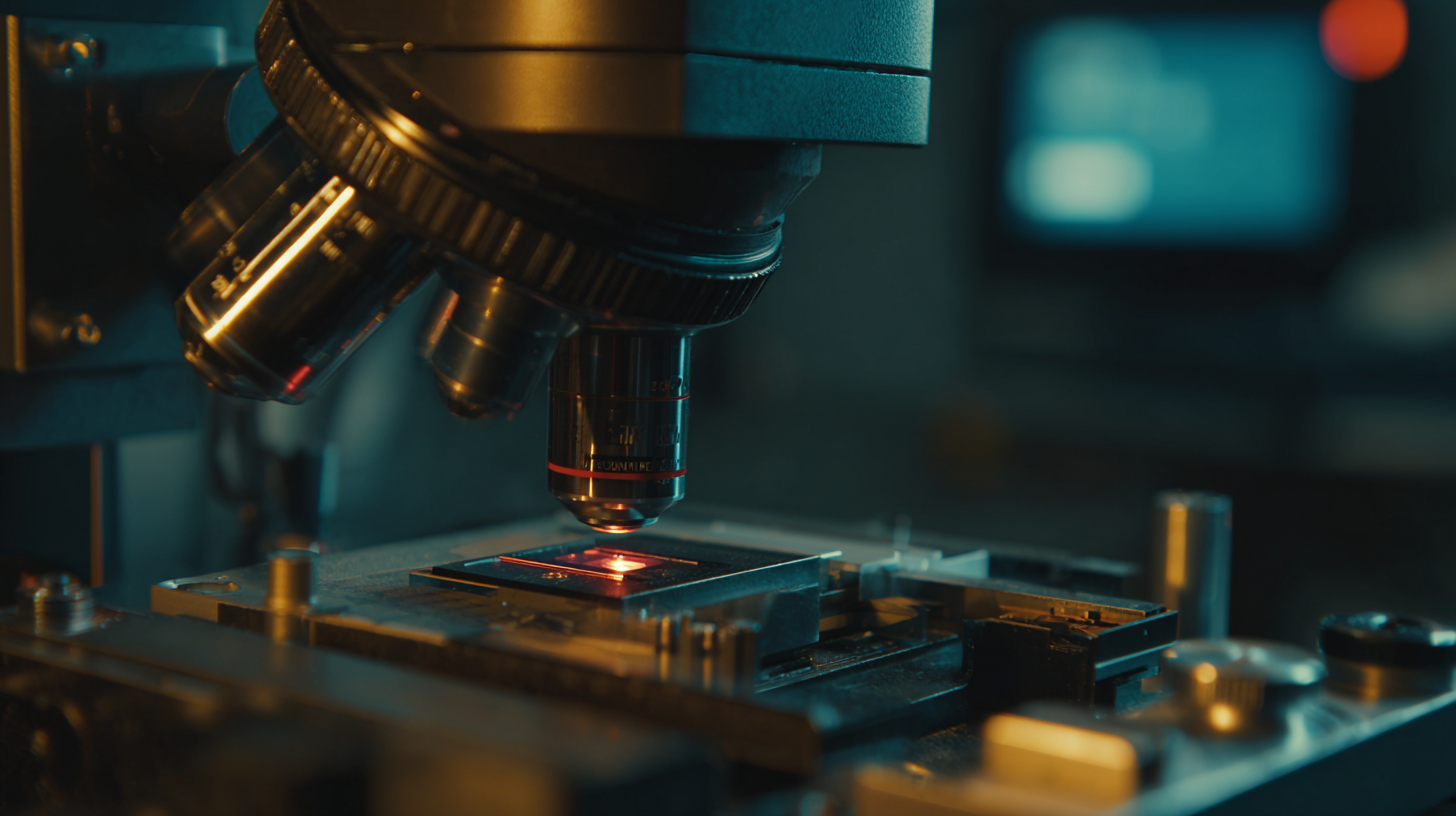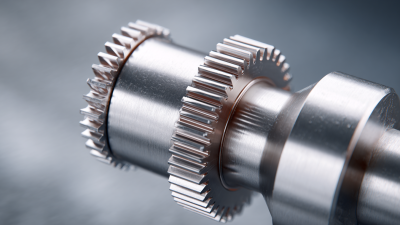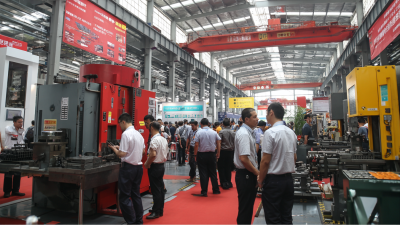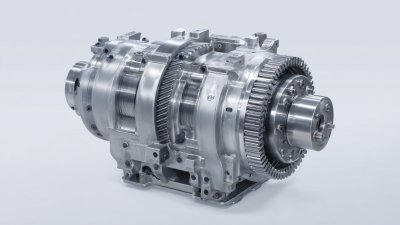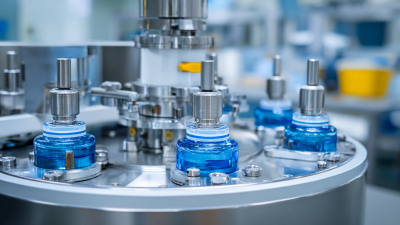Unlocking the Secrets of Precision Group: A Deep Dive into Accuracy in Technology and Innovation
In today’s rapidly evolving technological landscape, the demand for accuracy and precision is paramount, driving industries to rethink their approaches to innovation. The "precision group" has emerged as a key player in ensuring that advancements are not only groundbreaking but also reliable and effective. According to a 2022 report by Global Market Insights, the precision engineering market is projected to reach nearly $200 billion by 2027, fueled by the increasing adoption of precision technology across sectors such as manufacturing, healthcare, and aerospace. This highlights a growing recognition of the importance of precision in enhancing productivity and minimizing errors.
As companies strive for competitive advantage, understanding the dynamics of the precision group will be essential for leveraging technology to foster innovation and maintain accuracy in processes.
Understanding Precision: The Role of Accuracy in Technological Advancements
Precision in technology is paramount as advancements continue to shape various industries. According to a recent report by McKinsey & Company, companies that prioritize accuracy in their data analytics are 23 times more likely to acquire customers, retain those customers, and achieve profitability compared to their competitors who do not. The ability to deliver precise results not only enhances customer trust but also drives innovation. As technology evolves, the demand for accuracy becomes critical, particularly in sectors like healthcare and autonomous driving, where even the smallest error can lead to significant consequences.
The role of accuracy extends beyond mere operational efficiency; it is a cornerstone of competitive advantage. A study by Deloitte revealed that organizations leveraging precision in their innovation processes typically see a 10-15% improvement in project completion times and a 20-30% increase in return on investment. This highlights that investing in precise technologies is not just about immediate gains but also about long-term sustainability and growth. Companies that embrace accuracy as part of their technological innovations position themselves to lead in an increasingly data-driven world.
Key Metrics in Measuring Precision: Standards and Industry Benchmarks
In today’s fast-paced technological landscape, precision is a vital criterion that defines the success of various industries, from manufacturing to healthcare. Key metrics in measuring precision often involve statistical measures such as accuracy, repeatability, and reproducibility. Accurately assessing these metrics ensures that products meet established standards, thereby maintaining quality and safety. For instance, in medical technologies, a precise measurement can mean the difference between effective treatment and serious health risks.
Industry benchmarks play a critical role in setting the standard for precision. Organizations often rely on established metrics like the Six Sigma methodology, which aims for near perfection with only 3.4 defects per million opportunities. By adhering to these benchmarks, companies can not only enhance their operational efficiency but also foster innovation. The use of advanced technologies such as machine learning and AI is increasingly integral in monitoring precision metrics, allowing businesses to glean insights and make data-driven decisions that elevate their performance and reliability in the market.
Key Metrics in Measuring Precision in Technology
This bar chart illustrates key metrics for measuring precision across different technology sectors, including accuracy rates, error margins, and standard deviations. These metrics help in benchmarking industry standards and fostering innovation.
Exploring the Impact of Precision on Innovation and Product Development
In today's rapidly evolving technological landscape, precision plays a crucial role in driving innovation and enhancing product development across various sectors.
The integration of advanced tools, such as CAD software, is revolutionizing the chemical industry, streamlining processes from reactor design to plant optimization.
This digital shift enables engineers and designers to visualize and refine complex systems, resulting in faster turnaround times and more efficient workflows that align with modern demands for accuracy and reliability.

Furthermore, the impact of precision extends into areas like precision livestock farming, where innovative technologies are transforming herd management practices.
By leveraging data-driven insights, farmers can optimize resource allocation and improve animal welfare, paving the way for sustainable agricultural practices.
Similarly, advancements in drug development highlight how regulatory modernization and clinical trial efficiencies are leading to faster access to life-saving medications.
Overall, precision is not merely a metric; it is a foundational element that fuels creativity, fosters sustainability, and accelerates progress in product development.
Case Studies: Successful Implementation of Precision Techniques in Tech Firms
Precision techniques have become a cornerstone of innovation within tech firms, driving significant advancements in accuracy and efficiency. For instance, a study by McKinsey & Company indicates that companies implementing precision strategies can boost their productivity by up to 30%, showcasing the impact of accuracy in operational processes. Companies like Tesla have adopted precision engineering practices in their manufacturing processes, leading to improved product reliability and reduced waste. This commitment to precision has not only enhanced their automotive technology but has also positioned them as leaders in the electric vehicle market.
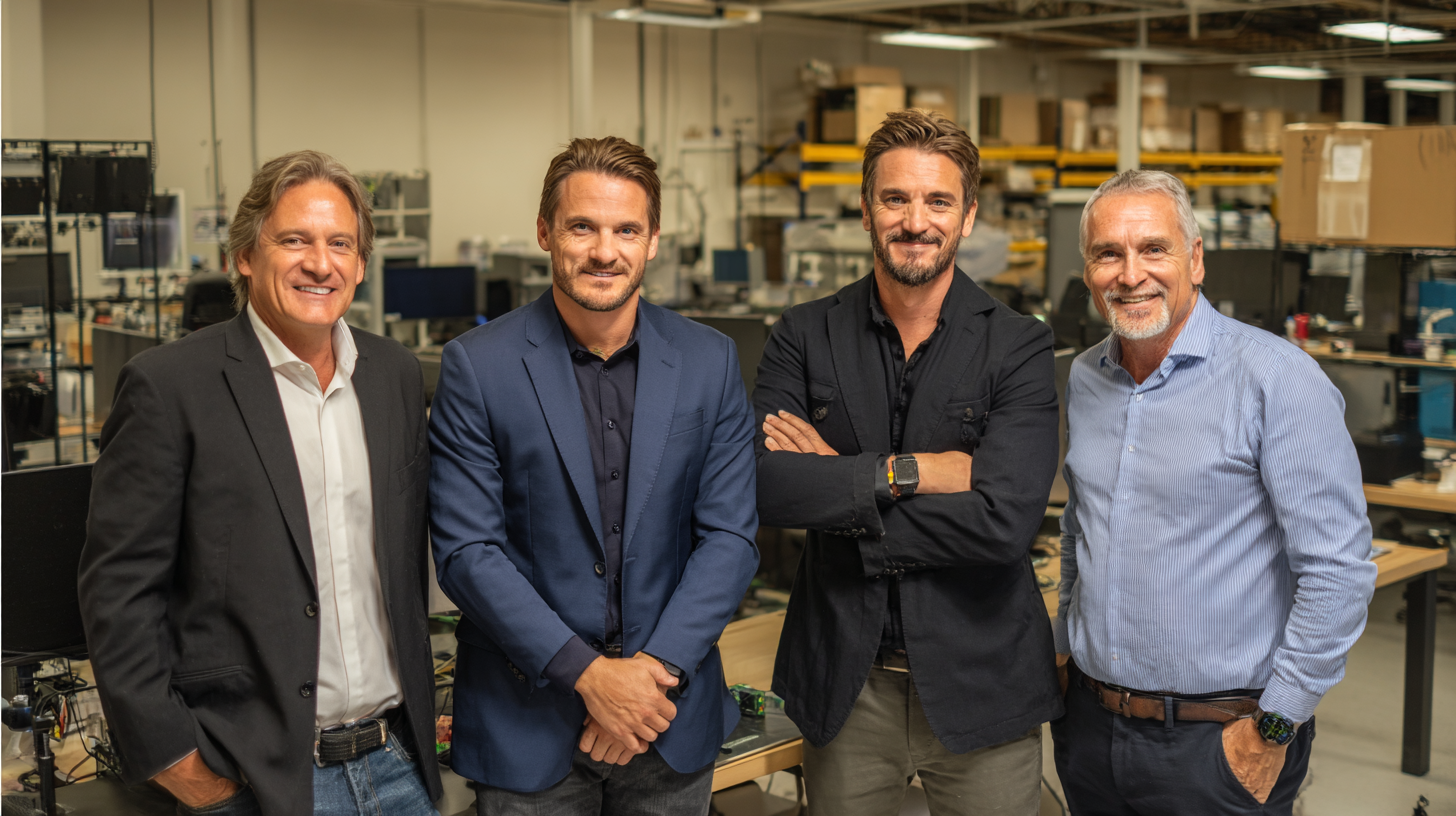
Another compelling example comes from the healthcare technology sector. According to a report by Deloitte, implementing precision medicine approaches has led to a 50% increase in treatment efficacy for certain conditions. Companies such as Foundation Medicine have successfully integrated precision techniques into their processes, utilizing genomic data to tailor cancer treatments to individual patients. This innovative approach not only optimizes treatment outcomes but also minimizes adverse effects, highlighting the transformative potential of precision techniques in improving healthcare delivery. These case studies underscore the crucial role of accuracy in fostering innovation and achieving operational excellence across various sectors.
Future Trends: The Evolution of Accuracy Standards in Technology and Innovation
As technology continues to evolve at an unprecedented pace, the accuracy standards in innovation are also transforming. Future trends indicate a significant shift towards heightened precision across various sectors, including artificial intelligence, healthcare, and automation. Companies are beginning to recognize that success in a competitive market hinges not just on innovation, but also on how accurately solutions can be implemented. The integration of advanced data analytics and machine learning is essential in fine-tuning processes, leading to smarter, more reliable outcomes.
**Tips:** To stay ahead of the curve, businesses should invest in continuous training for their teams on emerging technologies. Moreover, collaborating with tech experts can provide valuable insights into accuracy optimization.
Another noticeable trend is the standardization of accuracy metrics. As industries evolve, establishing a universal framework for measuring precision will become crucial. This not only fosters trust among consumers but also helps companies benchmark their performance against global standards. Transparency in accuracy reporting will ultimately enhance collaboration across sectors.
**Tips:** Regular audits of technology systems for accuracy checks can prevent potential discrepancies. Engaging with industry-leading benchmarking organizations can also guide companies in adhering to the evolving standards.
Unlocking the Secrets of Precision Group: A Deep Dive into Accuracy in Technology and Innovation
| Dimension |
Current Standard |
Future Trend |
Impact on Innovation |
| Measurement Accuracy |
±0.1% |
±0.01% |
Higher fidelity data analysis |
| Data Integrity |
99.5% |
99.9% |
Increased trust in AI systems |
| Response Time |
100 ms |
10 ms |
Real-time applications |
| User Feedback Loop |
Bi-annual reviews |
Continuous feedback integration |
Enhanced user experience |
| Precision in Algorithms |
Standardized models |
Adaptive learning systems |
More accurate predictions |
